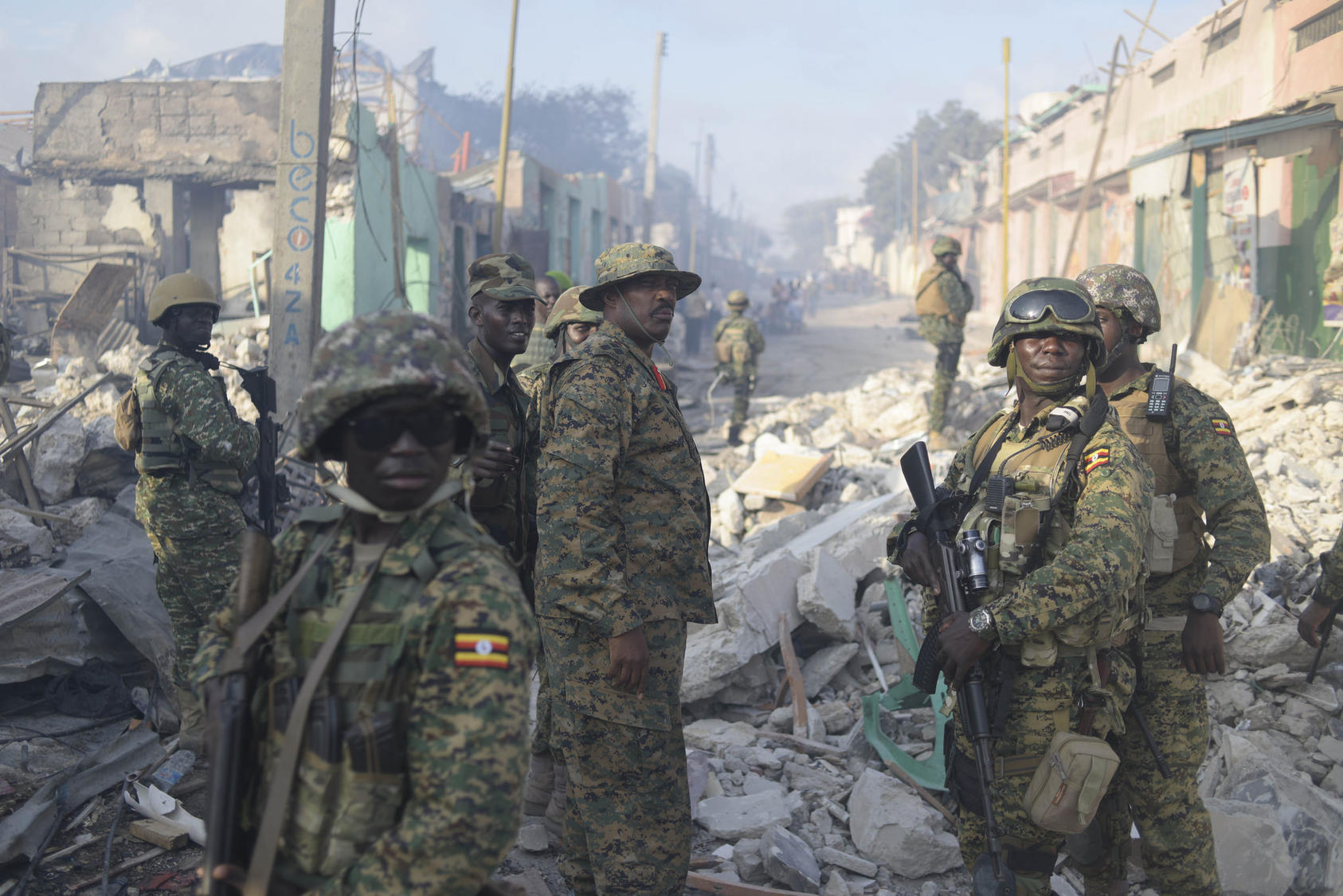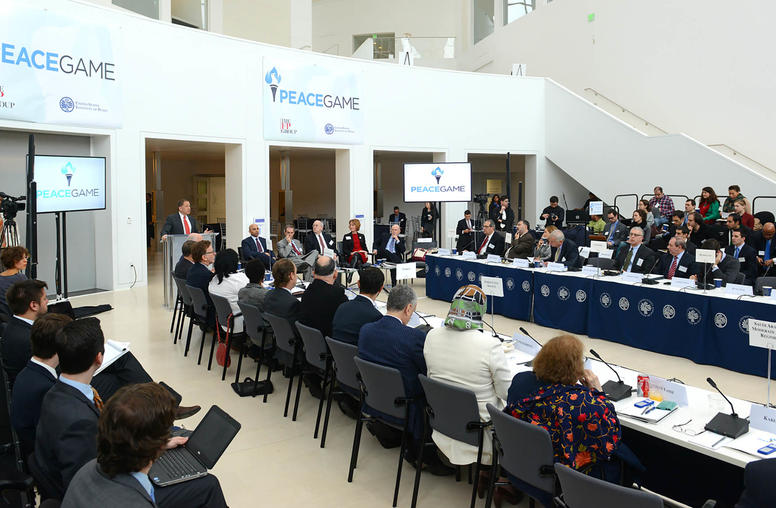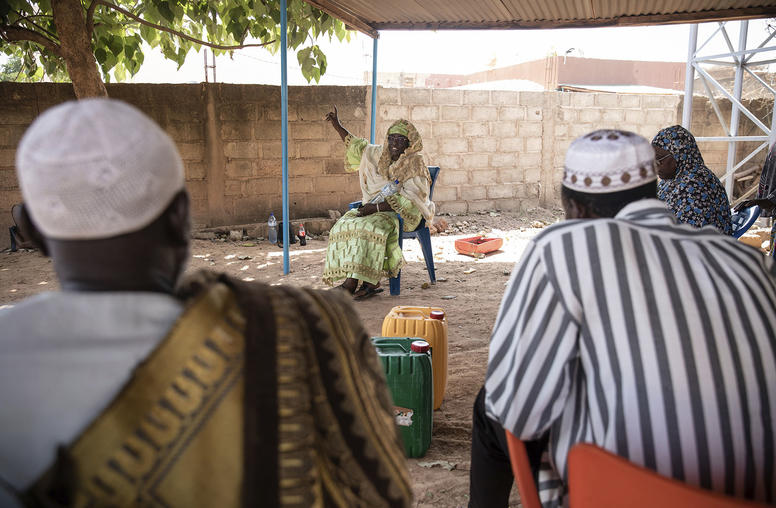Conflict Analysis: Micro-Course
This micro-course defines and describes conflict analysis processes and the ways in which they inform the development and implementation of peacebuilding programs. It presents the five main elements of USIP’s conflict analysis framework and describes how to ensure that one’s analysis is sensitive to the conflict and those impacted by it.

Course Overview & Key Objectives
By the end of this micro-course, participants will be able to achieve the following objectives:
- Define conflict analysis and its importance;
- Identify how conflict analysis accounts for the evolving nature of violent conflict;
- Recognize how context and experience shapes conflict analysis; and
- Identify different ways in which conflict analysis can be conducted.
Overview Video
Click on the video below for an overview of the course.
If you cannot view the video, click here.
Agenda
Section 1 – Introduction
Introduces the importance of peacebuilding through real-world stories and asks the learner to reflect on their prior knowledge.
Section 2 – Pillars
Defines conflict and conflict analysis to help learners contextualize how conflict analysis can inform work in conflict-affected communities and societies.
Section 3 – Tools
Introduces the primary tools and methods of conflict analysis including expanding the understanding of how to analyze conflict, the stages of conflict and the conflict curve, and methods of conflict analysis.
Section 4 – Application
Explores how the tools discussed in the previous chapter are applied to real-life examples.
Section 5 - Conclusion
Provides a space for self-reflection and tests retention while earning a certificate.
Course Instructors
- Jeffrey Helsing - Peacebuilding Consultant, former Associate Vice President of the Academy, USIP
- Matthew Levinger - Director, National Security Studies Program; Program Director, Master of International Policy and Practice; George Washington University



